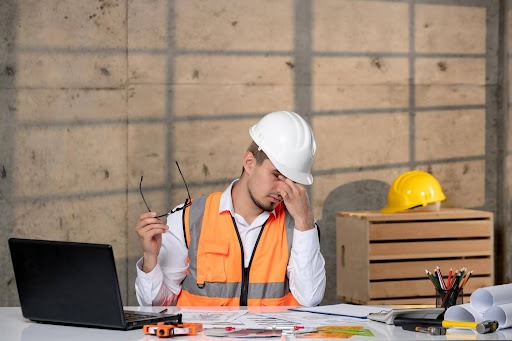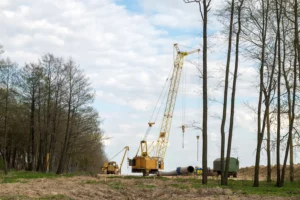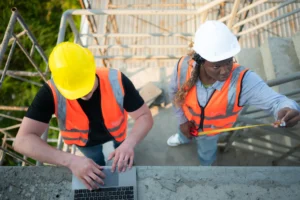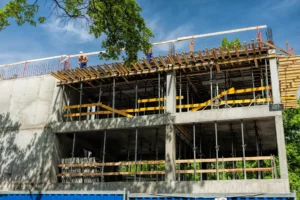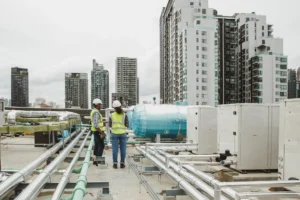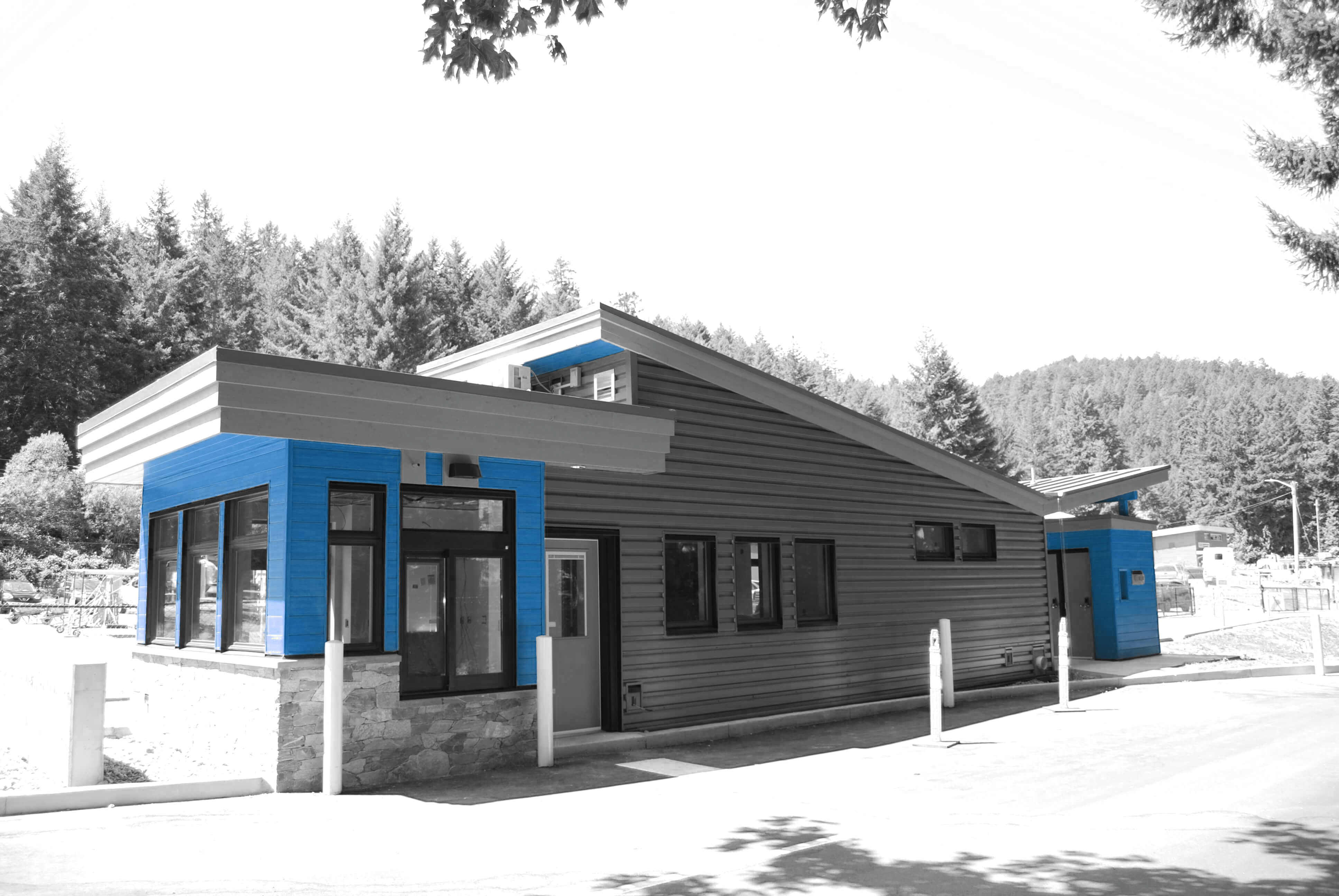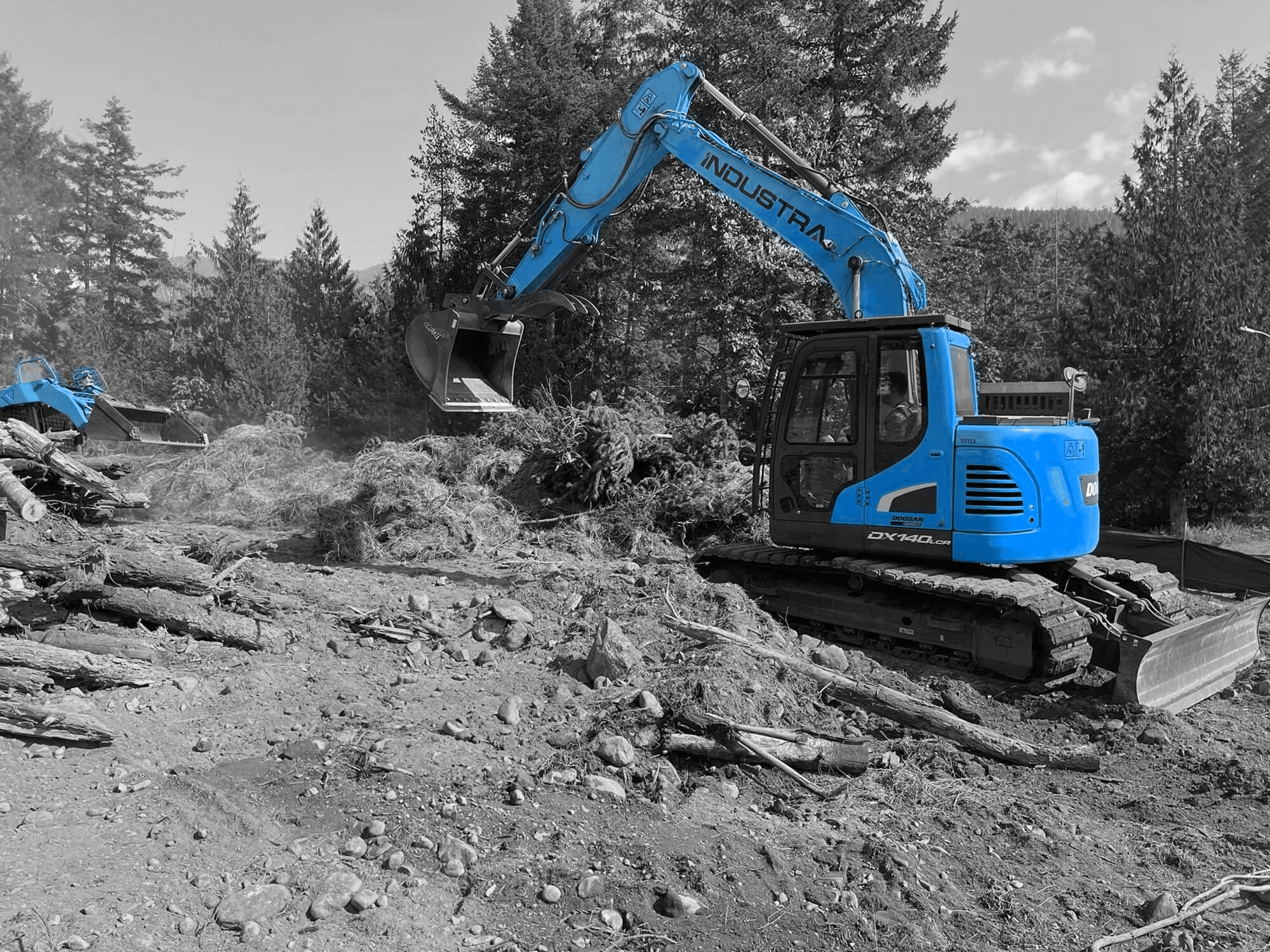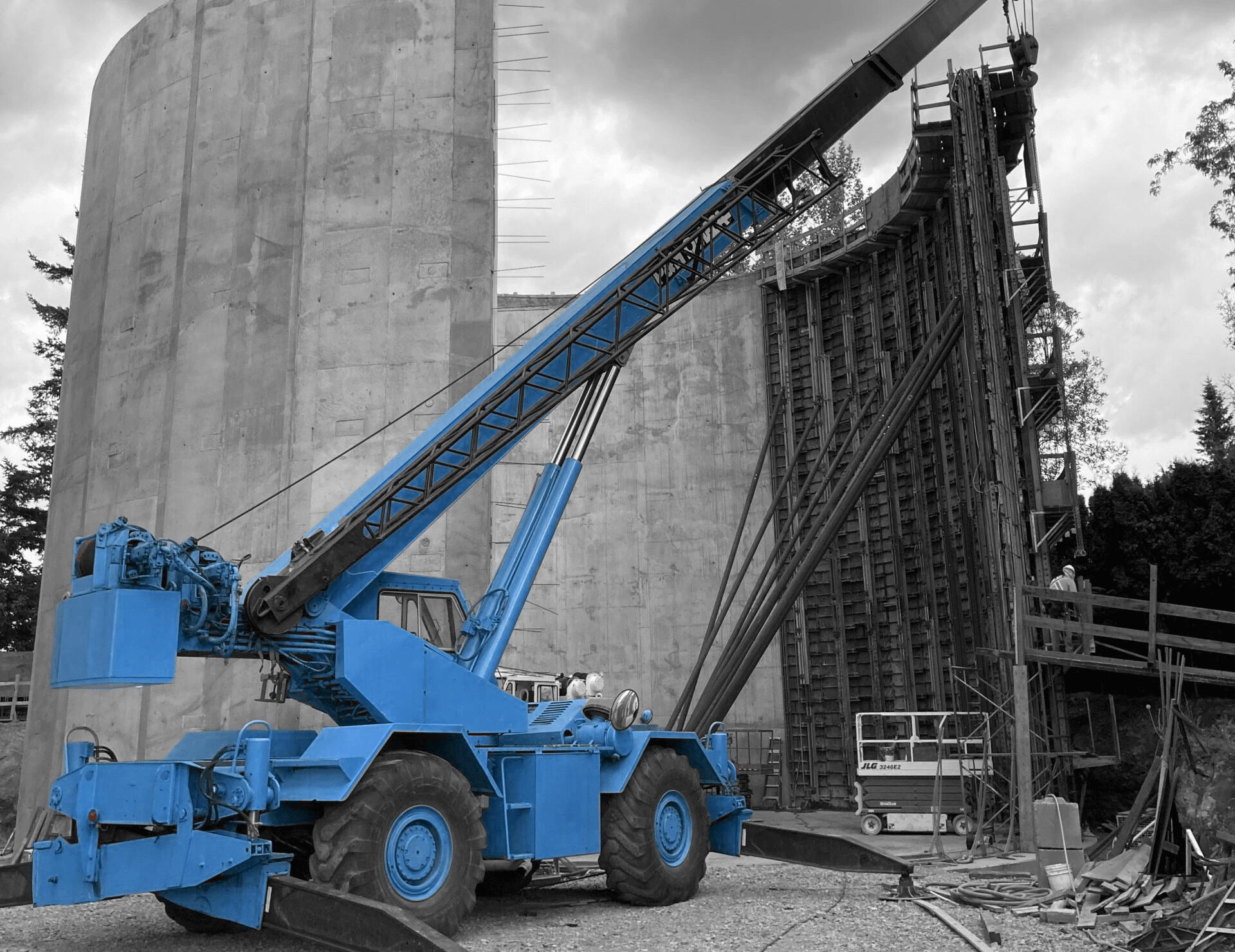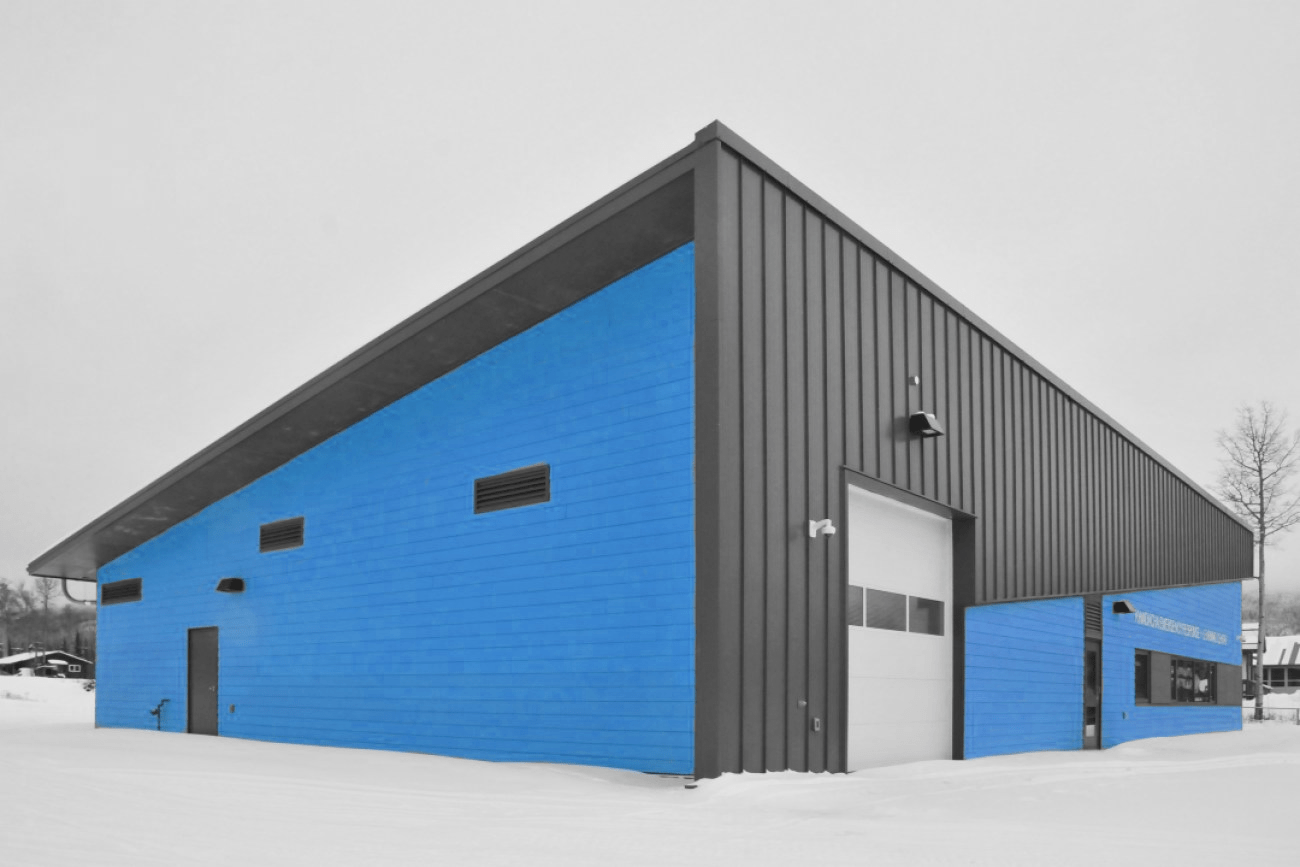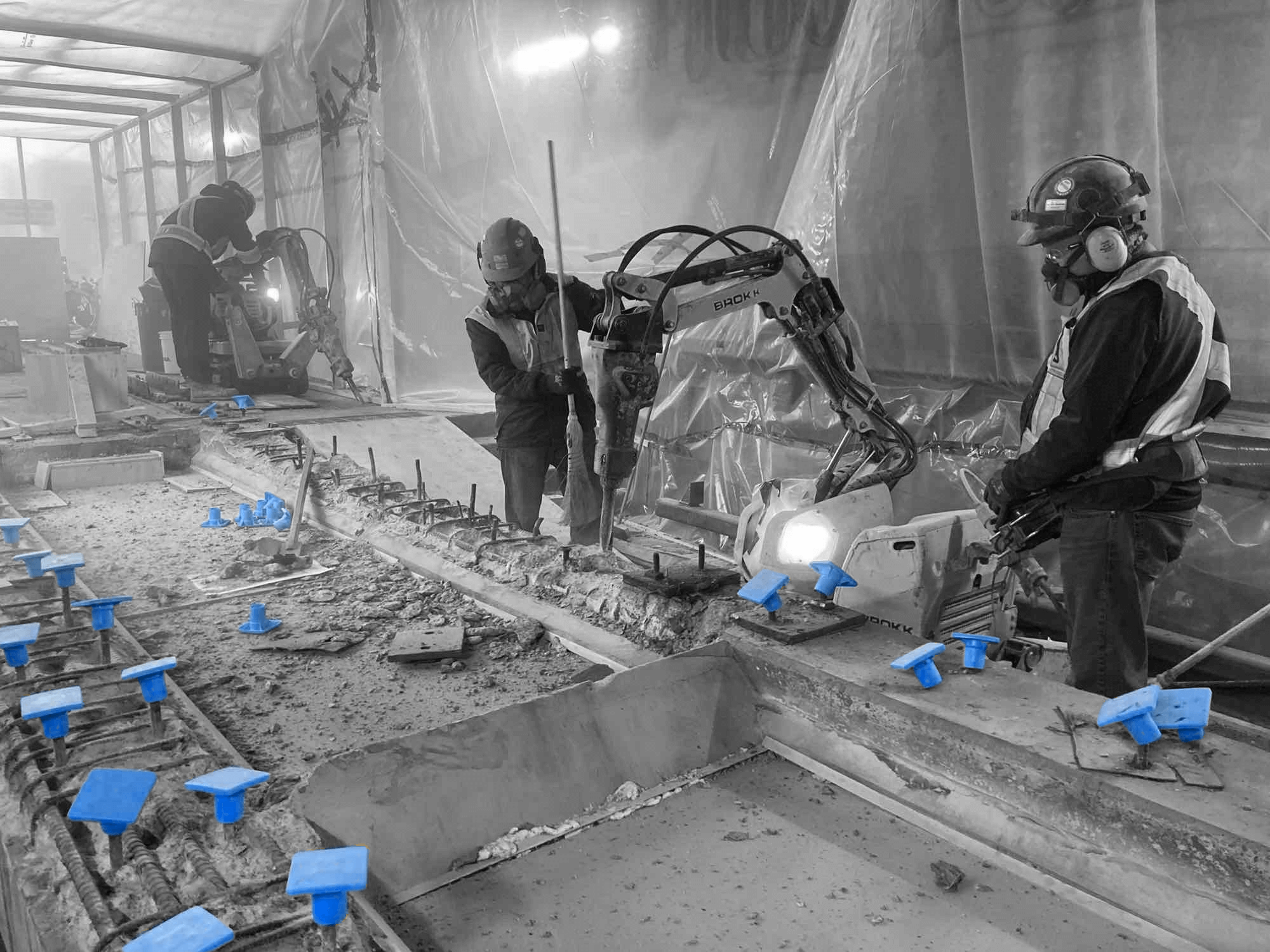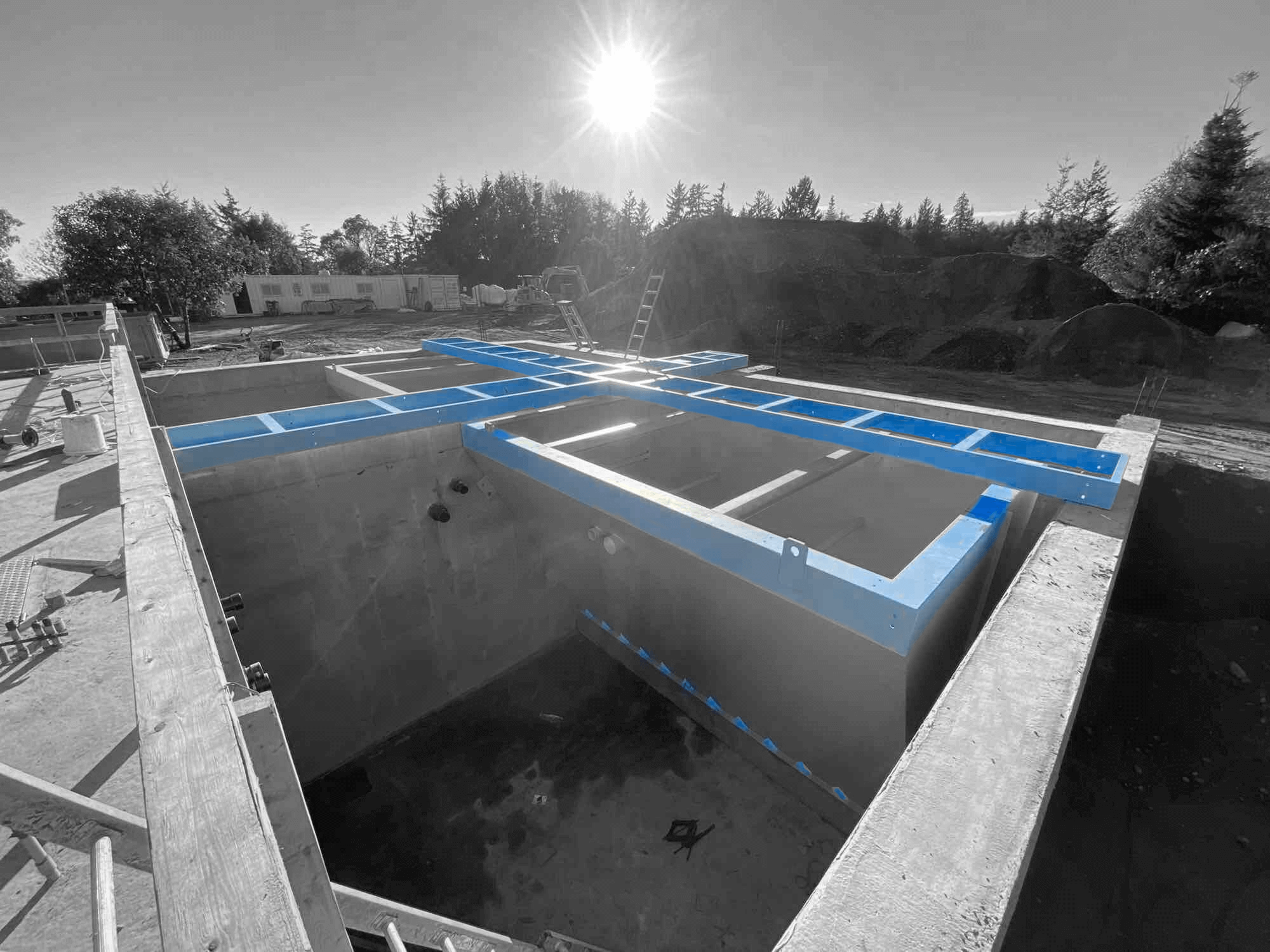Mechanical failures on construction sites can create significant hurdles, impacting timelines and budgets. When machinery breaks down or doesn’t perform efficiently, everything grinds to a halt. Managing these disruptions is essential for keeping projects on track. In this context, understanding common mechanical issues and finding effective ways to tackle them becomes paramount for site managers and workers alike.
One practical approach gaining traction is the design-build method. This integrates design and construction services under a single contract, fostering enhanced collaboration and communication. With improved coordination, identifying and resolving mechanical problems becomes a streamlined process, minimizing disruptions and enhancing project efficiency.
Common Mechanical Failures in Construction Sites
Understanding frequent mechanical failures on construction sites can help you anticipate and prevent potential problems before they escalate. Here are some common issues you might encounter:
1. Equipment Malfunctions: Poorly maintained or outdated machinery often leads to breakdowns. Common culprits include backhoes and bulldozers, which can suffer from defective engines or hydraulic systems.
2. Wear and Tear: Continuous use of equipment without routine checks can cause gradual wear, leading to unexpected failure. Routine maintenance is key to extending equipment lifespan.
3. Electrical Failures: Faulty wiring or overloaded circuits in construction equipment can pose significant risks. Regular inspections help spot these issues early.
4. Component Misalignments: Incorrect installation or lack of alignment can hamper machinery performance. Simple adjustments can often prevent these faults from becoming larger issues.
Mechanical failures can have far-reaching effects, causing delays in project timelines and escalating costs. Understanding these common issues allows managers to take proactive steps, maintaining seamless operations and meeting project deadlines effectively.
Strategies for Diagnosing Mechanical Failures
Diagnosing mechanical failures requires a systematic approach. By using specific methods and precision tools, it’s possible to pinpoint the root cause of an issue before it disrupts operations. Here are some strategies to keep things running smoothly:
– Regular Inspections: Implement a routine inspection schedule for equipment, which can help identify small issues before they become big problems.
– Diagnostic Tools: Use modern diagnostic tools like thermal cameras and vibration analyzers to detect underlying issues that aren’t visible to the naked eye.
– Training and Expertise: Ensure team members are trained to recognize early signs of mechanical problems and understand the basics of troubleshooting.
The role of regular maintenance cannot be overstated. By incorporating these diagnostic strategies, you can minimize downtime and ensure your construction project progresses as planned.
Solutions to Mechanical Failures Using Design-Build Approaches
The design-build approach may be just what you need for a seamless solution to mechanical challenges on a construction site. By combining design and construction tasks under one roof, this method facilitates better communication and collaboration. When everyone works together from the start, it’s easier to spot mechanical issues early on and come up with lasting solutions.
Let’s take a look at how this can be especially effective. Imagine a situation where faulty alignment in heavy machinery is affecting its operation. In a design-build setup, the problem can be quickly addressed, as engineers and builders collaborate to re-align components efficiently, ensuring minimal downtime. This integrated approach prevents costly delays by streamlining the repair and adjustment process.
Here are some key advantages of the design-build method:
– Integrated Teamwork: With design and construction teams working as one, they can rapidly respond to mechanical snags, reducing time spent in problem-solving.
– Efficient Communication: Clear and open channels of communication allow issues to be flagged and addressed swiftly, preventing minor glitches from evolving into major disruptions.
– Enhanced Accountability: As the entire process is managed by a single entity, there’s a higher level of responsibility. This often means more diligent work to prevent mechanical slip-ups from occurring in the first place.
Preventative Measures for Avoiding Future Mechanical Failures
Preventing mechanical failures before they crop up can save time and resources. Taking a proactive stance can significantly reduce the risk of disruptions on-site. Here are some essential preventative measures to consider:
1. Routine Maintenance: Set up a scheduled maintenance plan for all machinery. Regular checks and servicing can catch wear and tear before it leads to costly breakdowns.
2. Retrofitting: Upgrade outdated equipment with newer technologies to improve efficiency and reduce the likelihood of failures.
3. Employee Training: Continual training ensures your team is equipped to handle the equipment properly and recognize early signs of trouble. This knowledge ensures small issues don’t escalate.
4. Usage Monitoring: Keep a watch on how frequently and in what conditions machinery is operated. This insight can help adjust usage protocols, extending the life and reliability of the equipment.
By putting a focus on these preventative strategies, construction sites can operate more smoothly, with fewer mechanical hiccups. Introducing these actions creates more secure and efficient operations, helping to meet project goals without undue stress.
Transforming Challenges into Opportunities
Turning mechanical failures into opportunities involves adopting a proactive mindset and leveraging the strengths of the design-build approach. When mechanical issues arise, they present a chance to re-evaluate processes, improve systems, and reinforce training. By approaching each challenge as a learning opportunity, teams can build more resilient and efficient processes.
A culture of continuous improvement within your operations can lead to better project outcomes. Using each mechanical problem as a prompt for innovation can result in smarter workflows and more robust solutions. Building a team that’s adaptable and forward-thinking ensures long-term success. Integrating new technologies and ideas not only resolves current issues but also strengthens your team’s ability to face future mechanical hurdles with confidence.
Mechanical failures don’t have to disrupt your construction project. With the right strategies and mindset, these challenges can lead to valuable growth and improvement. The holistic approach of design-build empowers teams to tackle mechanical problems head-on, leading to smoother, more successful project completions.
To tackle mechanical issues more effectively and boost project success, consider adopting design-build for your construction needs. By fostering a collaborative environment and integrating various tasks under one contract, you streamline the entire process, minimizing disruptions. Learn how Industra Construction Corp. can support your next project with a seamless, integrated approach.


